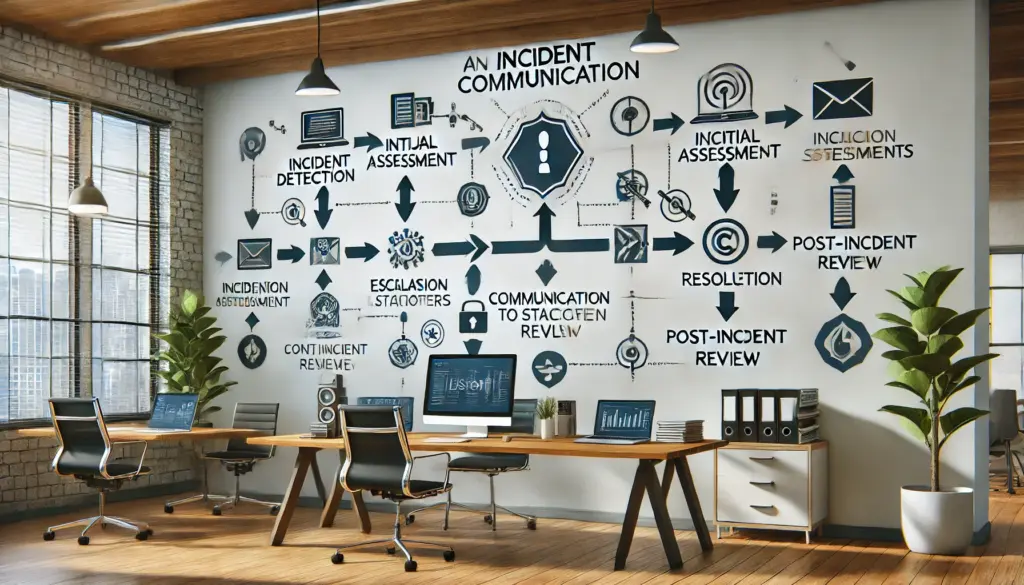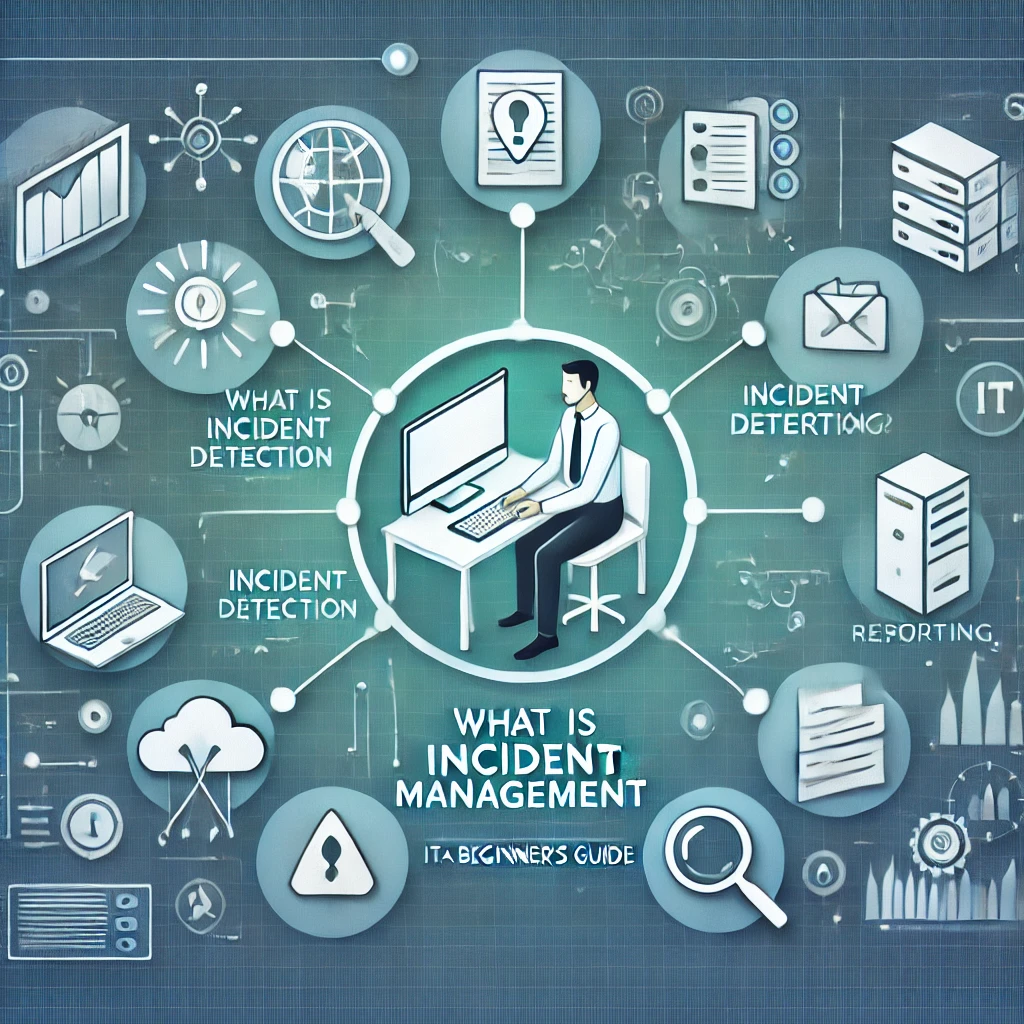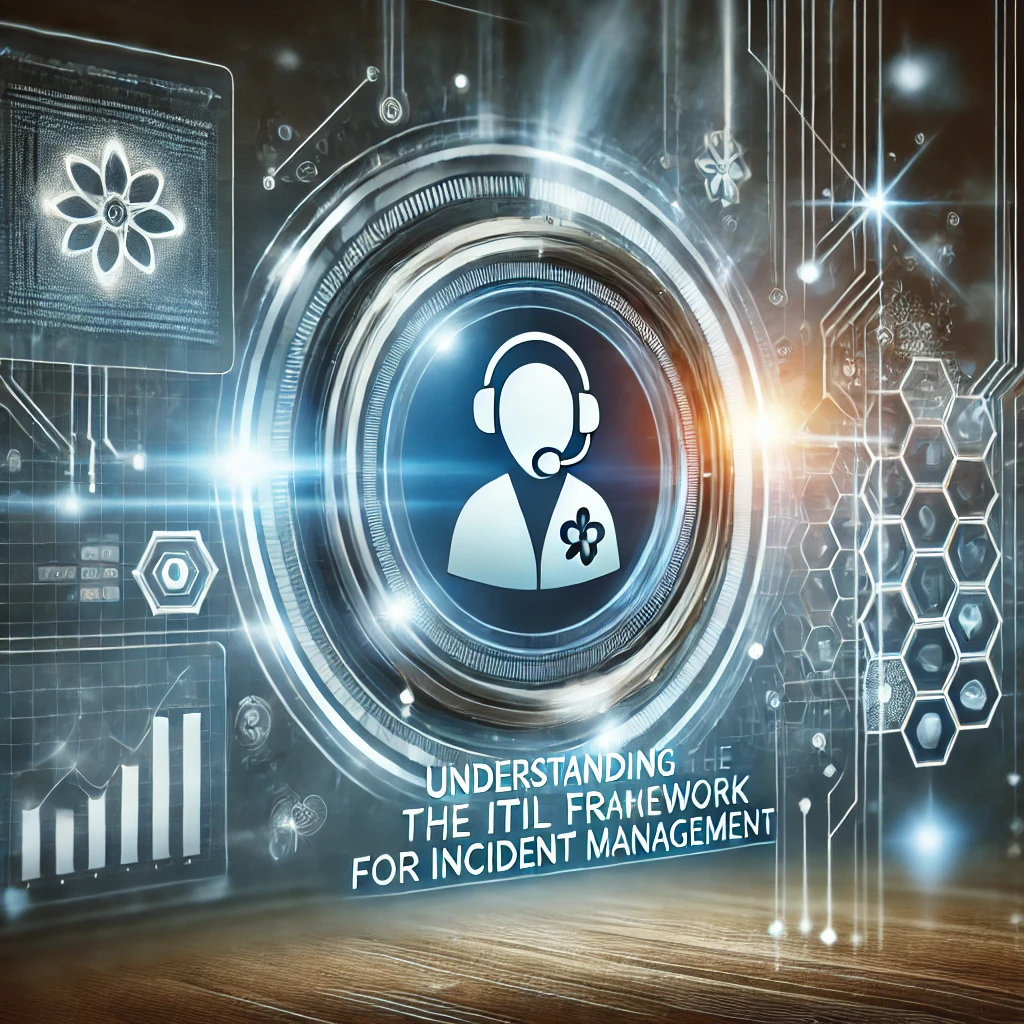Incident Communication Strategies: Ensuring Clear and Effective Updates
Introduction
Effective communication during an incident ensures transparency, minimizes confusion, and helps teams resolve issues quickly. A structured incident communication strategy improves collaboration, enhances customer trust, and keeps all stakeholders informed. This blog explores best practices for incident communication.
1. Establish a Communication Plan
Why It Matters:
A well-defined communication plan ensures that updates are timely and relevant.

Best Practices:
- Define communication protocols for different incident severities.
- Assign responsible roles for communication.
- Standardize incident report formats.
2. Use Multiple Communication Channels
Why It Matters:
Different stakeholders may require updates through different platforms.
Best Practices:
- Utilize email, chat, status pages, and SMS alerts.
- Ensure redundancy in communication tools to avoid single points of failure.
- Maintain an internal and external communication channel strategy.
3. Provide Timely and Clear Updates
Why It Matters:
Timely updates prevent confusion and reduce the risk of misinformation.
Best Practices:
- Follow a consistent update frequency (e.g., every 30 minutes).
- Use clear, non-technical language for external updates.
- Ensure real-time updates for internal teams.
4. Designate a Communication Owner
Why It Matters:
Having a dedicated communication lead ensures accountability and consistency.

Best Practices:
- Assign a primary and backup incident communication lead.
- Ensure all updates go through a verification process.
- Train teams in crisis communication best practices.
5. Maintain a Public Status Page
Why It Matters:
A public status page reduces the volume of support tickets and increases transparency.
Image Placeholder: Screenshot of a real-time service status page
Best Practices:
- Use tools like Statuspage, Freshstatus, or custom dashboards.
- Update the page automatically based on incident resolution progress.
- Provide estimated time to resolution (ETR) when possible.
6. Conduct Post-Incident Communication Reviews
Why It Matters:
Reviewing incident communication strategies helps refine processes for future incidents.
Best Practices:
- Conduct post-incident communication retrospectives.
- Identify gaps and areas for improvement.
- Update communication protocols based on past learnings.
Conclusion
Effective incident communication is key to reducing downtime and maintaining trust with stakeholders. By implementing these strategies, teams can ensure that communication remains clear, structured, and efficient during critical incidents.
Learn More:
Common Challenges in Incident Management
Essential Technical Skills for Aspiring Incident Managers
Understanding the ITIL Framework for Incident Management
Key Roles and Responsibilities in Incident Management




